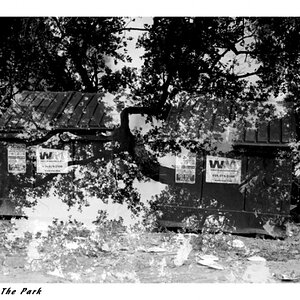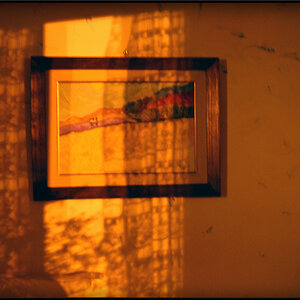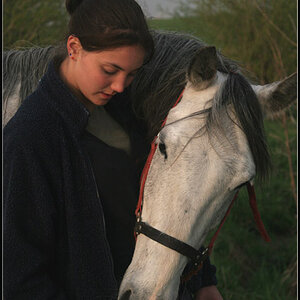batmura
No longer a newbie, moving up!
- Joined
- Sep 19, 2012
- Messages
- 649
- Reaction score
- 240
- Location
- Istanbul, Turkey
- Can others edit my Photos
- Photos OK to edit
Hello!
First of all, I'm an absolute beginner, so I'd appreciate replies in that manner. Recently I have been watching videos on YouTube about how to take photos with long exposures. Yesterday, I watched video with Scott Kelby where he was giving a short tutorial on shooting photos of the seaside. After emphasizing the importance of using a tripod and remote cable, he put a "natural density filter with 9 stops" on his lens which he said would reduce the amount of daylight (they were shooting at around 2 p.m.) and I was wondering if it is possible to shoot similar photos without any filters. I only have the kit lens and do not want to invest in any filters before getting to know my first DSLR a little better.
If Kelby had shot the picture without that filter, would the sea not be as calm as it looked? If not, does this mean one can never shoot waterfalls during daylight without using any filters under any circumstances?
First of all, I'm an absolute beginner, so I'd appreciate replies in that manner. Recently I have been watching videos on YouTube about how to take photos with long exposures. Yesterday, I watched video with Scott Kelby where he was giving a short tutorial on shooting photos of the seaside. After emphasizing the importance of using a tripod and remote cable, he put a "natural density filter with 9 stops" on his lens which he said would reduce the amount of daylight (they were shooting at around 2 p.m.) and I was wondering if it is possible to shoot similar photos without any filters. I only have the kit lens and do not want to invest in any filters before getting to know my first DSLR a little better.
If Kelby had shot the picture without that filter, would the sea not be as calm as it looked? If not, does this mean one can never shoot waterfalls during daylight without using any filters under any circumstances?


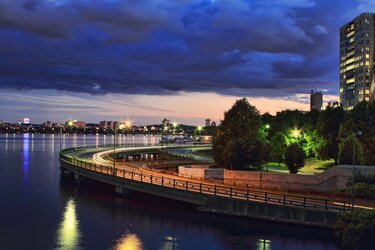
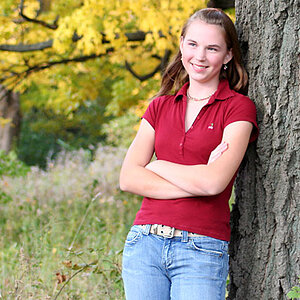
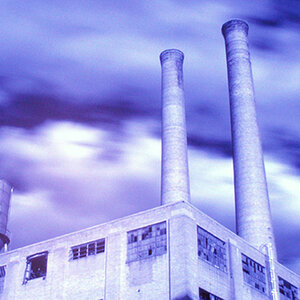
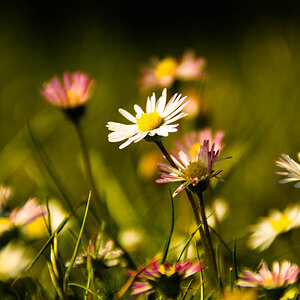
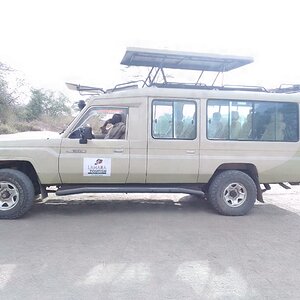

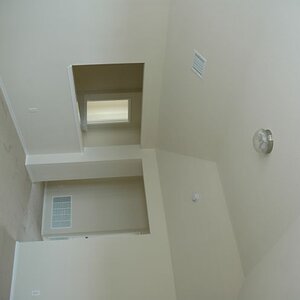
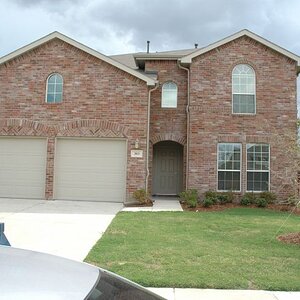
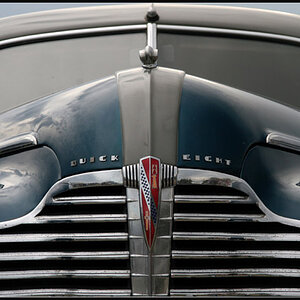
![[No title]](/data/xfmg/thumbnail/36/36396-f8e84def7352af726df923054b86284f.jpg?1619737549)
